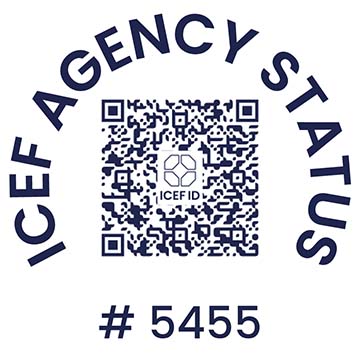about Canada
Studying in Canada not only provides a top-notch education but also opens doors to numerous opportunities for personal and professional development. With its welcoming environment and high standards of education, Canada is a great choice for students seeking a transformative academic experience. Start your journey today and explore all that Canada has to offer!
Why Study in Canada?
Canada is a top destination for international students, offering a blend of high-quality education, vibrant culture, and welcoming communities. Here’s why studying in Canada could be the perfect choice for you:
- World-Class Education: Canada boasts some of the world’s leading universities and colleges, including the University of Toronto, University of British Columbia, and McGill University. Canadian institutions are known for their rigorous academic programs and cutting-edge research opportunities.
- Cultural Diversity: Canada is celebrated for its multicultural environment. You’ll have the chance to interact with people from diverse backgrounds, enriching your educational experience and broadening your global perspective.
- Affordable Education: Compared to other popular study destinations, Canada offers relatively lower tuition fees and living costs. This makes it a cost-effective choice for high-quality education.
- Safe and Inclusive: Known for its safety and inclusivity, Canada provides a secure environment for international students. The country’s commitment to human rights and diversity ensures that all students feel welcome and supported.
- Work Opportunities: International students in Canada can work part-time during their studies and full-time during breaks. There are also opportunities for post-graduation work permits, allowing you to gain valuable work experience in Canada after completing your studies.
- Beautiful Landscapes: From vibrant cities like Toronto and Vancouver to stunning natural landscapes such as the Rocky Mountains and Niagara Falls, Canada offers a diverse range of environments for you to explore and enjoy.







